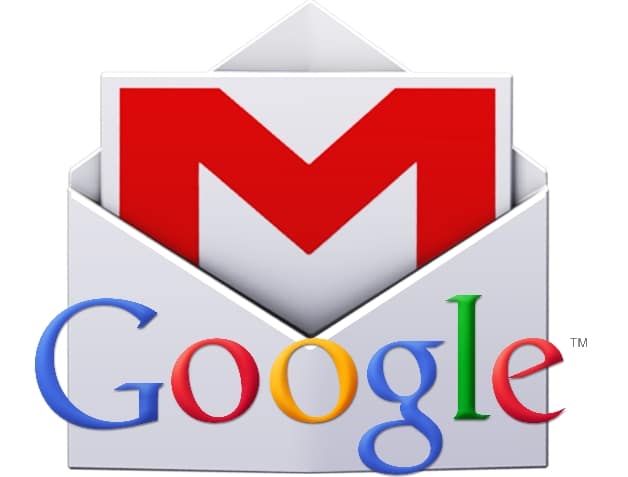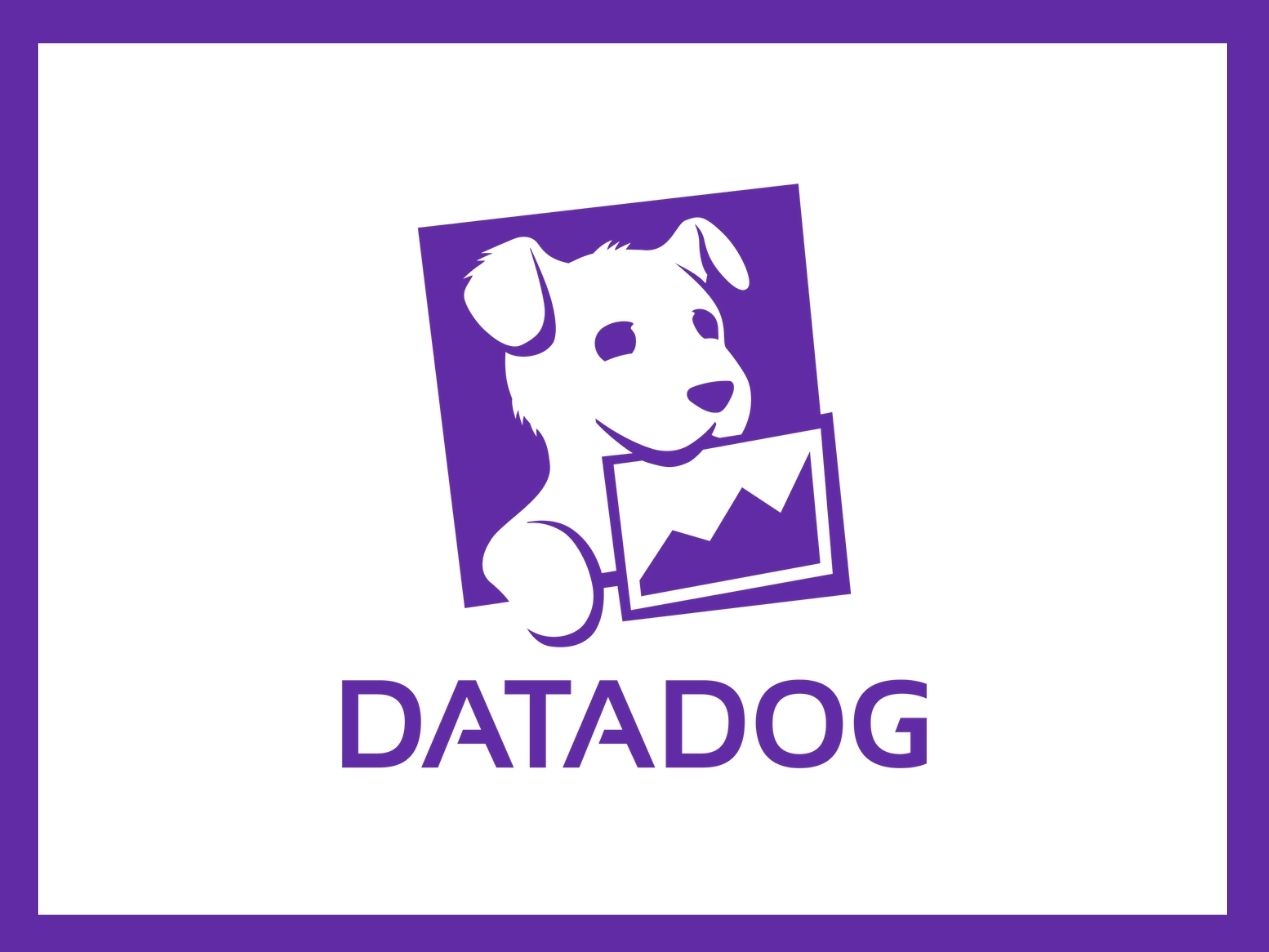
Patients do indeed read healthcare marketing emails. Email is a powerful tool that enhances convenience and accessibility as well as the patient-provider relationship. These positive aspects alone demonstrate the transformative power of email communication in healthcare. Implementing HIPAA compliant email marketing presents several benefits for patients and healthcare practitioners, creating greater patient satisfaction and improved outcomes.
Do patients read healthcare emails?
People worldwide rely on and have email accounts. According to a long-term study, the number of email users by the end of 2023 is set to hit 4.37 billion. The research firm further expects user projections for 2026 to reach 4.73 billion.
What better way to reach out to patients who prefer digital channels by an overwhelmingly large majority? By using a preferred contact method, like email, healthcare providers would reach patients more effectively.
Today’s patients expect more in terms of engagement with their doctors. Patients want to engage and connect with their doctors efficiently and quickly. They expect their providers to proactively contact them at the right time, in the right context. They also expect their providers to be available when they need to reach them.
The real-time dissemination of information through email facilitates a collaborative relationship, enabling better and faster communication. A positive relationship with patients is crucial to closing care gaps, keeping patients informed, and fostering trust.
Why organizations send healthcare emails
Research on the impact of physician email communication has also been positive. Patients and providers note increased progress in quality of care. Here are a few reasons healthcare practitioners have turned to email for better patient interaction.
- Email significantly reduces administrative tasks, paperwork, and phone call volume.
- Patients have strengthened accessibility to their healthcare professionals who can deliver direct and swift communication.
- Practitioners and patients can send prompt responses to each other, reducing wait times and alleviating anxiety.
- Email offers a way to stay connected across geographical barriers in an increasingly digital healthcare landscape.
- Covered entities can create meaningful relationships based on trust and partnership.
- With better exchange, healthcare providers can strengthen their bond with their patients.
Email serves as a bridge between healthcare professionals and patients, resulting in more coordinated and comprehensive care. Outcomes reported include expanded access, enhanced communication, improved patient health, and amplified patient empowerment.
See also: The transformative power of email for your patients
Types of healthcare emails
There are several types of healthcare emails that organizations can send.
Newsletters: Feature updates, research breakthroughs, and organizational milestones.
Health tips and education: Share general health advice, lifestyle tips, and educational content.
Preventive care reminders: Encourage patients to schedule regular check-ups, vaccinations, or screenings by sending reminders.
New service announcements: Introduce new treatments, facilities, or specialists to patients.
Patient satisfaction surveys: Solicit anonymous feedback to enhance the patient experience.
Appointment reminders: Send appointment notifications, confirmations, and rescheduling options.
Event promotion: Announce educational workshops, support groups, or community gatherings.
Compliance and regulatory updates: Inform patients of relevant healthcare industry changes and regulations, such as updated billing procedures or insurance updates.
Personalized care plans: Provide tailored health recommendations and care plans.
Seasonal health alerts: Share information about prevalent health concerns during specific seasons, like flu or allergy season.
Telemedicine promotion: Promote telehealth services and explain their benefits.
Patient re-engagement campaigns: Reengage inactive patients by sending personalized, HIPAA compliant messages encouraging them to return to your practice.
HIPAA and healthcare emails
HIPAA establishes health standards and combats fraud and abuse related to protected health information (PHI). It sets the policies and procedures for maintaining patient privacy, including when sending healthcare emails. HIPAA compliant email allows healthcare organizations to message patients more simply while maintaining the security of their PHI.
Before patients opt-in to receive email from practitioners, healthcare organizations should do three things. First, inform patients via written authorization that they will be receiving communication through email. Included with this is the ability for patients to opt out if they prefer to receive information another way.
Second, employ a HIPAA compliant email platform, like Paubox Email Suite, that will sign a business associate agreement (BAA). The BAA will ensure the business associate maintains a covered entity’s security standards.
Third, to maintain compliance, healthcare organizations must also implement security safeguards themselves. This includes protocols like encryption, access controls, and proper authorization measures when sending emails.
Healthcare providers must adhere to HIPAA regulations to protect patient information and to properly send healthcare emails. Patient authorization, secure vendors, and strong safety precautions must be employed to safeguard sensitive data.
The power of HIPAA compliant email
Effective communication is the foundation of any practitioner–patient relationship. HIPAA compliant email has transformed patient interaction, delivering numerous benefits and improving the patient experience. Safe and secure email is easy to achieve and, once enacted, is a powerful tool for fostering patient engagement. When implemented properly, email can make patients feel more included in their personal health and more inclined to participate.
Subscribe to Paubox Weekly
Every Friday we'll bring you the most important news from Paubox. Our aim is to make you smarter, faster.




